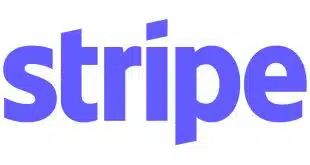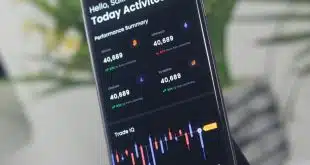PayPal Holdings Inc. finished its first full calendar year separated from eBay Inc. with a tone that suggests a bit of swagger. “It was a landmark year for PayPal,” chief executive Dan Schulman told stock analysts Thursday afternoon. “We introduced a host of innovations. We bring to our merchants an increasingly active base of consumers who are ready to transact.”
And, in case anyone thought PayPal would rest on its laurels, he added: “We are just scratching the surface of the market opportunities ahead of us.”

PayPal did indeed notch a strong performance in 2016, though the numbers it released in tandem with its earnings call to review the fourth-quarter and the year indicate the company is still grappling with rising transaction expense and a slipping transaction take rate.
Part of the reason for Schulman’s optimism stems from alliances PayPal forged last year with Visa Inc. and MasterCard Inc. that squelch the enmity that had grown between the parties and give PayPal access to the networks’ tokenization engines, a key part of its long-held strategy to penetrate physical stores. Later, PayPal added similar deals with Citigroup Inc., Fidelity National Information Services Inc. (FIS), and Discover Financial Services. “This is just the beginning,” Schulman said.
But much of the San Jose, Calif.-based company’s momentum is coming from mobile payments, especially person-to-person payments, and a biometric mobile-authentication technology that appears to be spreading rapidly among merchants and users. PayPal saw its mobile volume soar 53% in the quarter ended Dec. 31, to nearly $31 billion. Mobile now accounts for nearly a one-third share of the company’s overall payments volume, up from one-quarter a year ago. “Mobile is the biggest competitive differentiator for us,” Schulman told the analysts on the earnings call.
Much of this growth came from Venmo, a P2P service that is hugely popular with college students and other younger consumers because it combines streamlined payments with a social-media overlay. Venmo clocked $5.6 billion in volume in the quarter, and is still registering growth in triple digits. Volume grew 126% in the quarter.
The authentication technology, called One Touch, is also proving popular with both fraud-wary consumers and merchants. By year’s end, more than 5 million merchant accounts and more than 40 million consumers had adopted it. In the last earnings call in October, Schulman had predicted the year-end numbers would be 5 million and 36 million, respectively. He told the analysts Thursday One Touch generates an 87% conversion rate for merchants, nearly double the industry average.
Other numbers also looked strong. What PayPal calls customer engagement stands at 31.1 payment transactions per active account, up 13% from year-end 2016. Total active accounts reached 197 million by the end of the quarter, up 10% year-over-year, including 182 million consumer accounts and 15 million merchant accounts. The company processed $99 billion in payment volume for the quarter, up 25%, and $354 billion for 2016, a 28% increase over 2015.
Revenue grew handsomely, as well, hitting $2.98 billion for the quarter, beating the third quarter by nearly 12% and ending a string of four quarters of so-so growth. Earnings per share hit $1.50 for the year, up 17%.
But PayPal’s transaction expense rate ticked up throughout 2016, with the last quarter being no exception. That rate, which measures transaction costs as a fraction of payment volume, reached 0.96% in the quarter, up from 0.92% in the same quarter of 2015. PayPal attributes at least part of the rise on growth in its Braintree online-payments unit, which processes much of its volume on credit cards.
Meanwhile, the transaction take rate, which tracks transaction revenue as a percentage of payments volume and is closely watched by analysts, stood at 2.63% at year-end, down from 2.77% at the end of 2015. Here PayPal cites the popularity of Venmo, which consumers use for free.
PayPal last year introduced a merchant-payments service for Venmo, called Pay with Venmo, which it expects to start bringing in fees from retailers, but not right away. “We fully expect to roll out Pay with Venmo in 2017, but the big impact of that will be in 2018 or 2019,” said Schulman.




